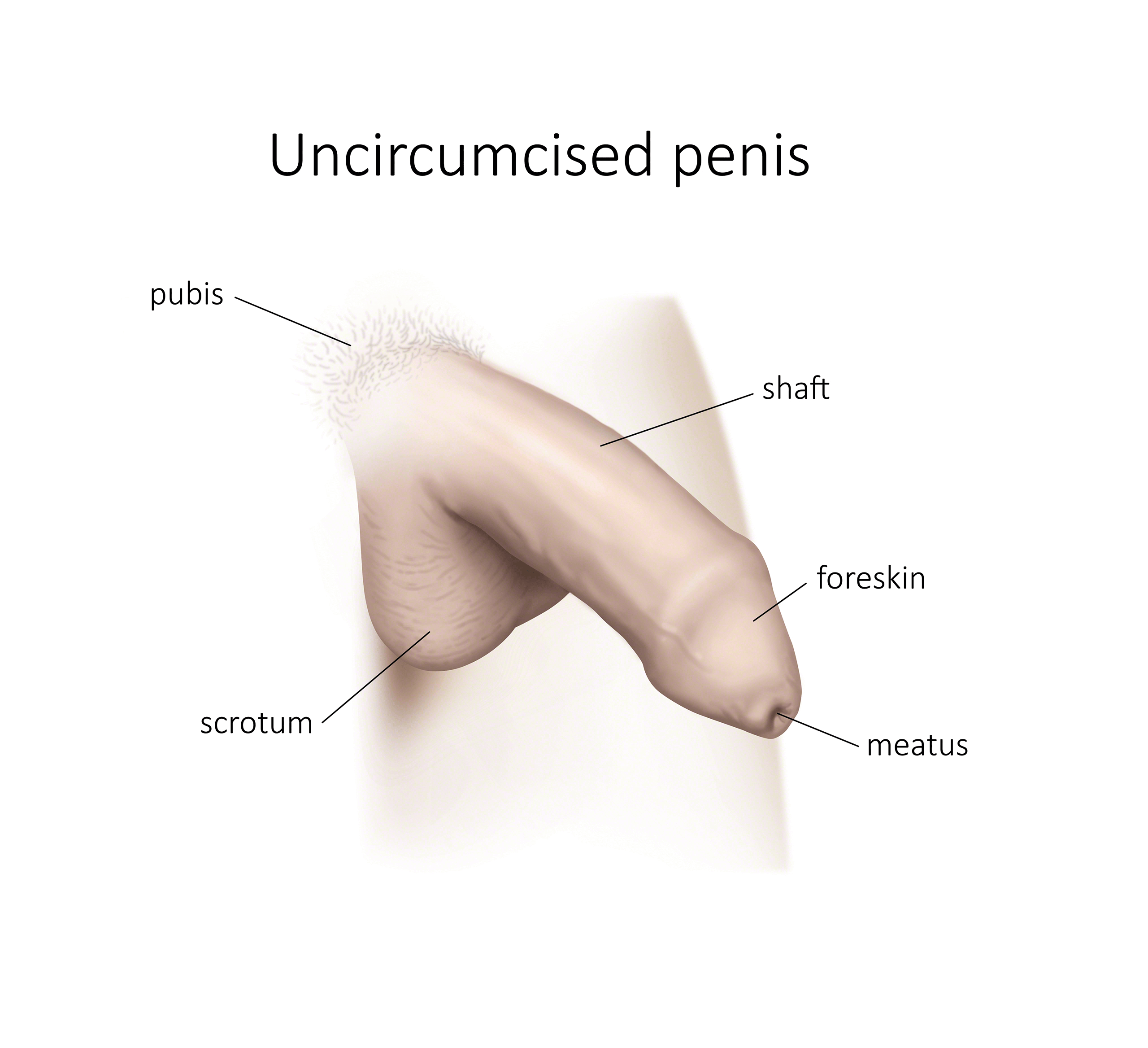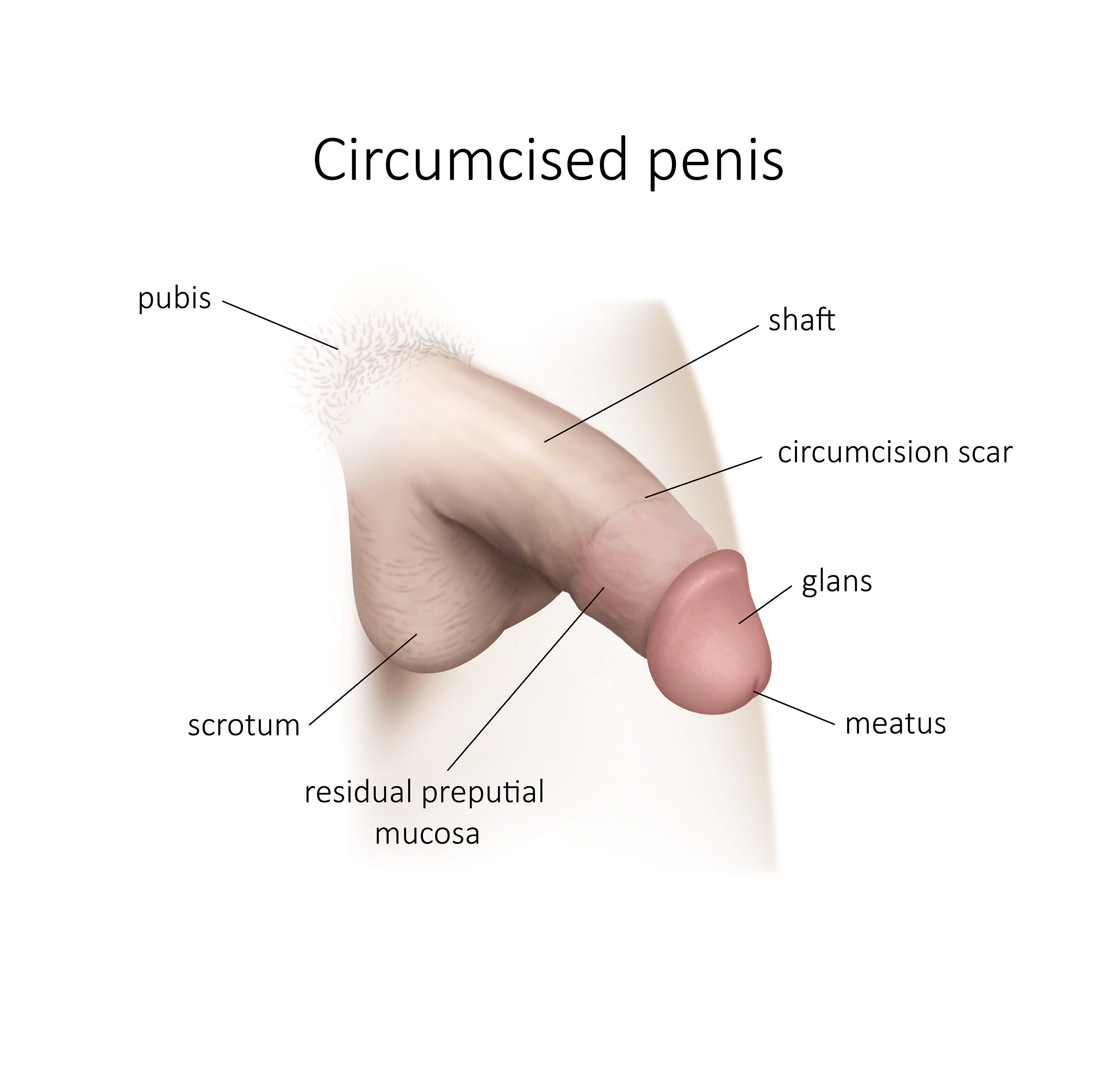A circumcision is the surgical removal of the skin covering the tip of the penis and may be performed on males of all ages. In male adults, is typically used to treat medical issues such as phimosis , a condition in which the foreskin is too tight to retract past the head of the penis. Phimosis is generally caused by chronic inflammation of the foreskin or an infection in the foreskin. This occurs frequently among diabetic men.
Circumcision may also be used to treat penile lichen sclerosus , a disorder in which the foreskin becomes thick and hard and develops a whitish color.
Circumcision is also used to treat certain sexual problems, such as men with hypersensitive glans or chronic pain resulting from untreated skin problems. Lastly, men may get circumcised for personal, religious or cosmetic reasons.




Why should you choose Les Cliniques Marois for your circumcision?
Our urologists are experienced surgeons; they are thus qualified to perform distinct types of circumcision techniques based on your anatomy and the complexity of any underlying conditions. Moreover, they attribute foremost importance on the cosmetic outcome of this surgery and they favor circumcision techniques which deliver a more esthetically pleasing result, rather than the standard method (closure with interrupted sutures). And for most patients, they also desire a satisfying esthetic result.
After the circumcision surgery, patients are given detailed postoperative instructions and are provided with follow-up care from a nurse.
What are the 2 types of circumcisions?
Full circumcision :
Patients can get a full circumcision, in which the glans is left exposed, and no amount of foreskin remains.
Partial circumcision :
Alternatively, patients can get a partial circumcision, in which some foreskin and preputial mucosa remains on the penis, offering protection to the glans. While partial circumcision is always an option, it should be noted that, compared with a full circumcision, it does not provide the same level of protection against sexually transmitted diseases such as HIV and balanitis. Both types of adult circumcision are beneficial for hygiene.
What are the different circumcision styles?
Then the patient can choose between these options:
“Tight” or “loose” : A circumcision can be “tight” or “loose.” The amount of foreskin removed during the procedure determines how tight the skin covering the penis will be when flaccid and erect.
In a loose circumcision, less foreskin is removed. As a result, the skin on the penis remains somewhat loose when flaccid and erect.
In a tight circumcision, more foreskin is removed. Subsequently, the skin on the penis is tight when flaccid and erect.
“High” or “low” : Whether a circumcision is “high” or “low” depends on how much of the preputial mucosa is removed and, therefore, how close the circumcision line is to the glans. In a high circumcision, the circumcision line is closer to the glans; in a low circumcision, it’s further.
The various techniques can be combined:
In a high and tight circumcision, the skin on the penis will be tighter when flaccid and the circumcision line will be near the glans. This presents a risk of the patient feeling a small degree of discomfort when his penis is erect.
In a low and tight circumcision, the skin on the penis is tight when flaccid and the circumcision line is much further from the glans.
In a high and loose circumcision, the foreskin is completely pulled back past the glans and a smaller part of the mucous membrane is retained. There isn’t any tension when the penis is flaccid or erect.
In a low and loose circumcision, the circumcision line is further down the shaft and the mucous membrane is conserved. There isn’t any tension when the penis is flaccid or erect. This corresponds to a partial circumcision.
Which type of circumcision is best?
It’s up to patients to carefully reflect on their decision and discuss the available options at their initial appointment. For those with no preference or who are unsure, our urologists recommend a circumcision that’s midway between high and low and loose and tight.
In a case where the foreskin is affected by a severe medical condition, circumcision options may be limited. Our urologists will be able to provide a medical opinion during the first appointment.
What can a patient expect during a circumcision procedure?
Various instruments may be used to ensure that the excision is perfectly circular. The bleeding is stopped using electrocauterization and the frenulum of the glans is generally cut.
The skin closure can be done with a surgical glue, which is considered the most esthetically pleasing option. Unlike skin suture, it produces no secondary scarring. However, this surgical wound closure technique is only possible when the edges of skin can be perfectly aligned.
Once the circumcision procedure is complete, a circular compression bandage is applied to the area. In addition, Polysporin is generously applied to ensure that the bandage does not stick to the surgical wound.
How is the anesthetic administered?
First, an anesthetic cream is applied to the penis and, if possible, to the glans as well. Next, a topical anesthetic is administered through an injector that distributes the anesthetic liquid through the skin, under high pressure. The patient feels a pinching sensation, like being struck by an elastic band. Several injections of this kind are given around the circumference of the base of the penis. This anesthetic greatly reduces the discomfort of receiving the local anesthetic.
Next, the local anesthetic is administered using a technique called a dorsal penile nerve block. This involves injecting a combination of anesthetics under the skin around the base of the penis. The surgeon will then wait about 12 minutes to begin the circumcision. This is the moment when the dorsal penile nerve block is optimally effective.
In response to numerous patient requests, we now offer the possibility of same-day consultation and adult circumcision. This allows patients who have travelled from distant locations for the circumcision to save time and money. Same-day circumcisions are performed under local anesthetic. If you wish to receive a general anesthetic, same-day consultation and circumcision are not possible. Over 90% of our patients opt for a circumcision under local anesthesia. If you are concerned about the cost of the procedure, you can rest assured that it is the best value for a high-quality circumcision performed by an experienced urological surgeon.
What if, I choose not to go ahead with the circumcision?
Contact us for more information or to schedule an adult circumcision at a private clinic in Laval, on the South Shore or in Quebec City.


